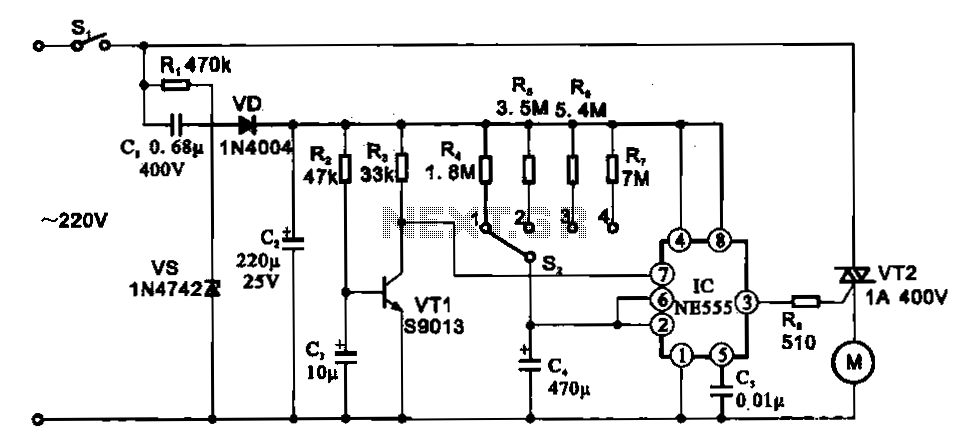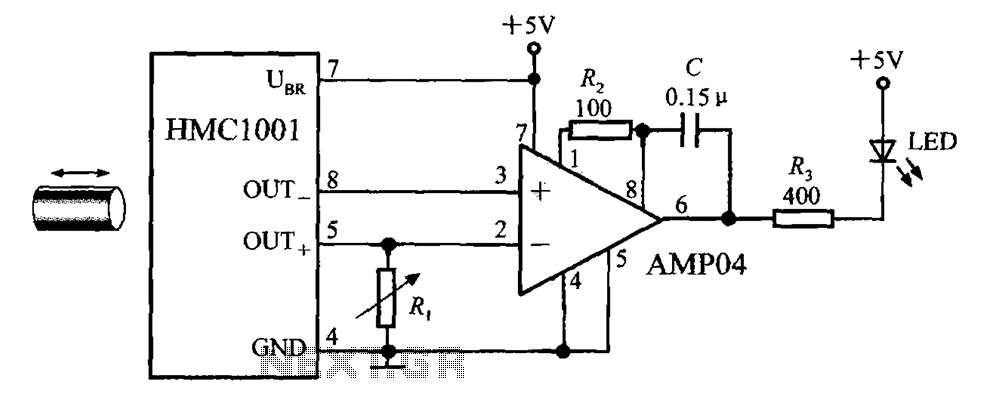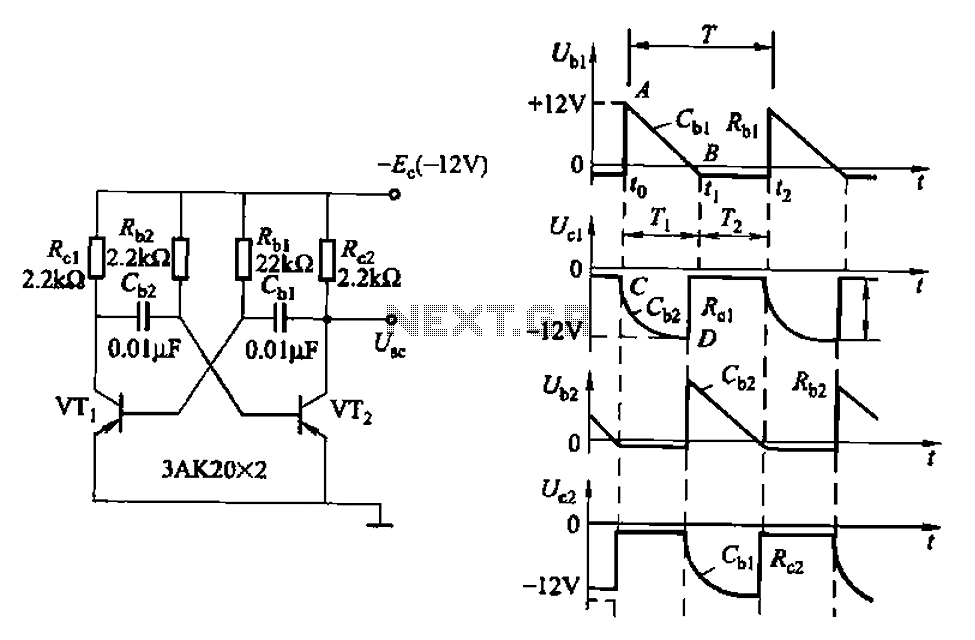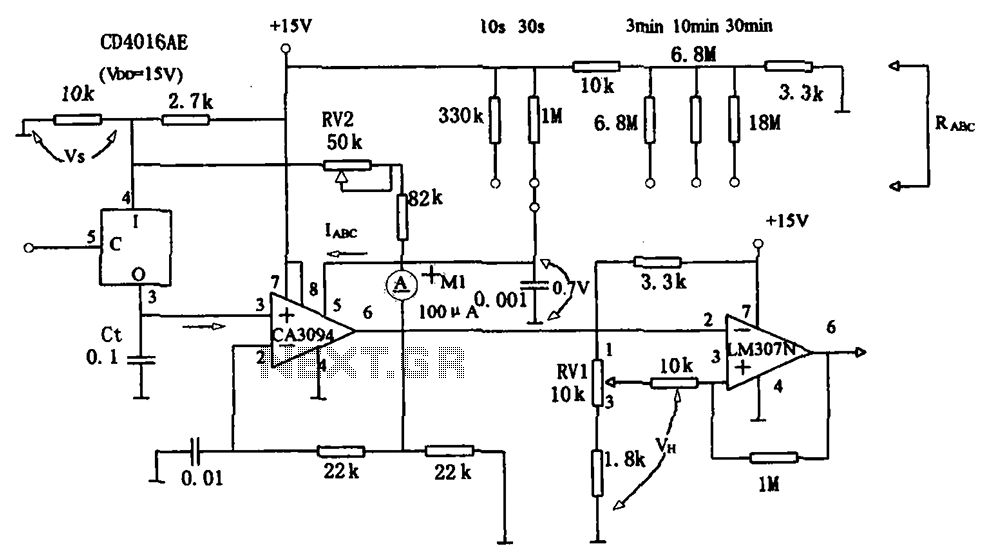
Cheap positive and negative circuit

The circuit involves a switch (S1) that facilitates the release of current when it reaches the shut-off mechanism.
The circuit operates by utilizing a switch (S1) that plays a crucial role in controlling the flow of current within the system. When the current reaches a predetermined threshold, S1 engages the shut-off switch, effectively interrupting the circuit and halting further current flow. This mechanism is essential for preventing potential damage to components by avoiding overcurrent situations.
In a typical application, S1 can be integrated into various electronic devices to ensure safety and reliability. The design may include additional components such as resistors, capacitors, or diodes to enhance performance and protect against voltage spikes or surges. The shut-off switch can be designed to operate either automatically or manually, depending on the requirements of the specific application.
The configuration of the circuit should be carefully considered, taking into account the expected current ratings and the characteristics of the components used. Proper selection of materials and components will ensure that the circuit functions effectively and safely under various operating conditions. Circuit Description: S1 promote the release of the current reaches the shut-off switch.
The circuit operates by utilizing a switch (S1) that plays a crucial role in controlling the flow of current within the system. When the current reaches a predetermined threshold, S1 engages the shut-off switch, effectively interrupting the circuit and halting further current flow. This mechanism is essential for preventing potential damage to components by avoiding overcurrent situations.
In a typical application, S1 can be integrated into various electronic devices to ensure safety and reliability. The design may include additional components such as resistors, capacitors, or diodes to enhance performance and protect against voltage spikes or surges. The shut-off switch can be designed to operate either automatically or manually, depending on the requirements of the specific application.
The configuration of the circuit should be carefully considered, taking into account the expected current ratings and the characteristics of the components used. Proper selection of materials and components will ensure that the circuit functions effectively and safely under various operating conditions. Circuit Description: S1 promote the release of the current reaches the shut-off switch.





